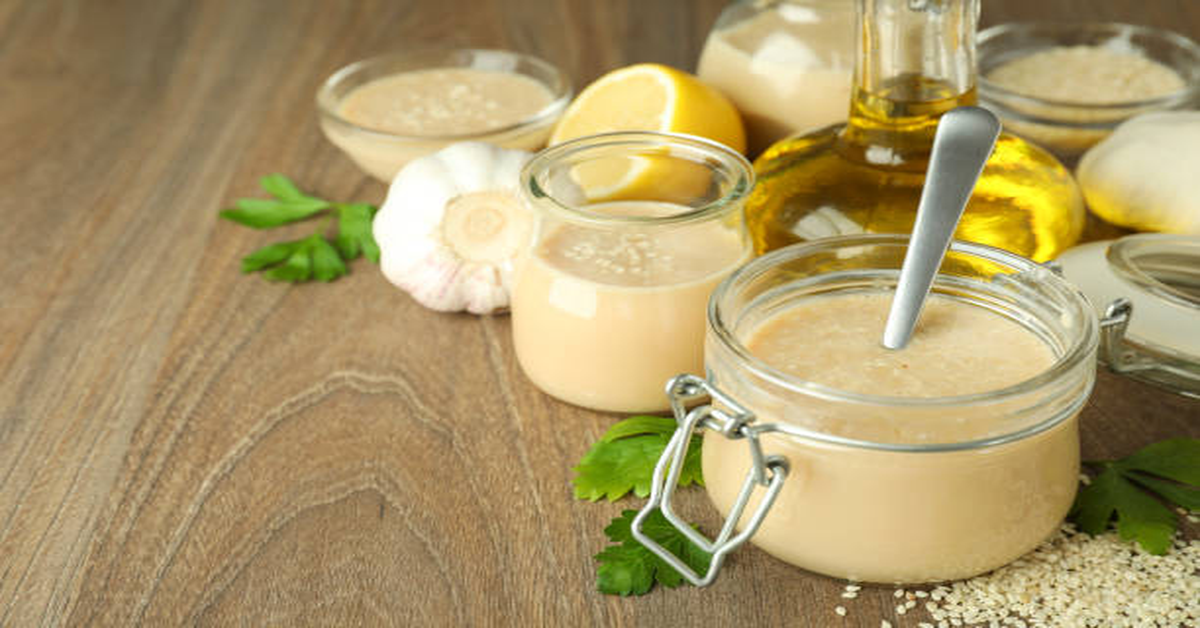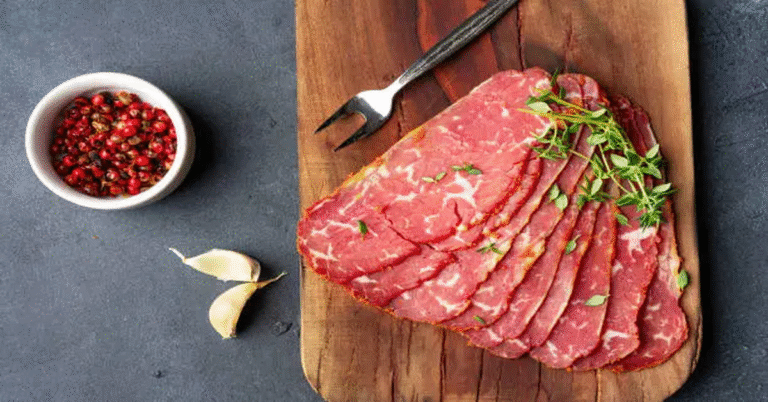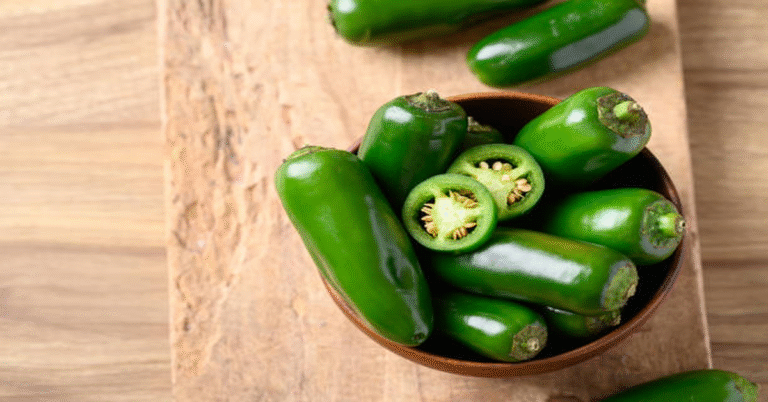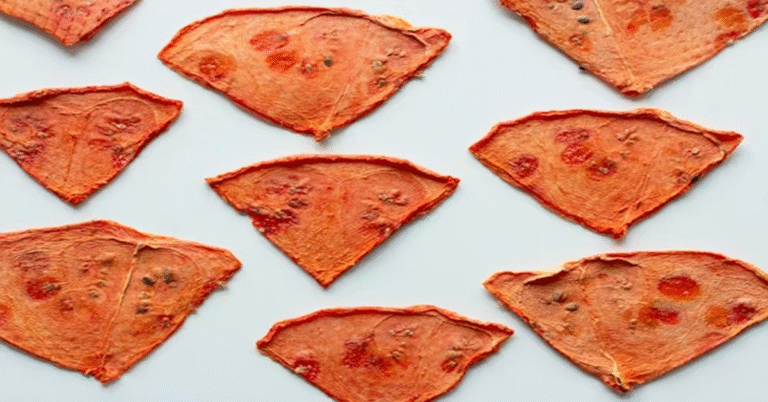
Tahini, sometimes spelled tahini or tahini paste, is one of the most versatile and nutritious foods found in Middle Eastern, Mediterranean, and North African cuisines. Made from ground sesame seeds, tahini is both a culinary staple and a nutritional powerhouse. Its creamy consistency and nutty flavor make it suitable for savory dishes like hummus, baba ghanoush, and dressings, as well as for sweet treats like halva and energy bites.
Although tahini has been used for centuries, its global popularity has grown significantly in recent years. This is largely due to the increasing demand for plant-based foods, natural spreads, and healthier alternatives to processed sauces. Understanding tahini goes beyond knowing it as an ingredient; it involves appreciating its history, health benefits, methods of preparation, and creative uses in everyday cooking.
This comprehensive article explores tahini in detail—from its origins to modern-day uses—so that you can fully appreciate its place in global cuisine and nutrition.
1. What is Tahini?
Tahini is a paste made by grinding hulled or unhulled sesame seeds into a smooth, oily mixture. It resembles nut butters in texture but has a distinctly earthy, slightly bitter, and nutty flavor profile.
The two primary types of tahini are:
- Light Tahini: Made from hulled sesame seeds, resulting in a smoother texture and milder flavor.
- Dark Tahini: Made from unhulled sesame seeds, producing a more robust, slightly bitter flavor and higher nutrient density.
Unlike many condiments, tahini is highly adaptable, blending seamlessly into both sweet and savory recipes.
2. Historical and Cultural Roots
Tahini has deep historical roots that stretch back thousands of years. It is believed to have originated in the Middle East, where sesame seeds have long been valued for their oil content and medicinal properties. Ancient civilizations such as the Mesopotamians, Egyptians, and Persians cultivated sesame and used its oil for cooking, rituals, and healing.
In Middle Eastern cuisine, tahini remains a cultural staple. It is used as a base for dips, sauces, and spreads. In Greece, tahini is incorporated into desserts, while in Israel it is paired with falafel or shawarma. Its widespread adoption in modern kitchens reflects its timeless appeal and versatility.
3. Nutritional Profile of Tahini
Tahini is not only delicious but also highly nutritious. It contains healthy fats, plant-based protein, vitamins, and minerals. Below is a breakdown of its nutritional content per 2 tablespoons (30g) serving:
| Nutrient | Amount | Health Role |
|---|---|---|
| Calories | 178 | Provides energy |
| Protein | 5 g | Builds and repairs tissues |
| Fat | 16 g | Mostly unsaturated, supports heart health |
| Carbohydrates | 6 g | Source of energy |
| Fiber | 3 g | Supports digestion |
| Calcium | 130 mg | Strengthens bones |
| Iron | 2.5 mg | Supports blood health |
| Magnesium | 60 mg | Aids muscle and nerve function |
| Zinc | 2 mg | Boosts immunity |
| Vitamin B1 (Thiamine) | 0.2 mg | Supports metabolism |
4. Health Benefits of Tahini
The nutritional density of tahini translates into numerous health benefits:
4.1 Heart Health
Tahini is rich in unsaturated fats, particularly omega-6 fatty acids, which help reduce LDL (bad cholesterol) and promote cardiovascular well-being.
4.2 Bone Strength
Tahini provides calcium, magnesium, and phosphorus, which are essential for maintaining bone strength and preventing conditions like osteoporosis.
4.3 Immune Support
Zinc and selenium in tahini boost the immune system, helping the body fight infections more effectively.
4.4 Digestive Health
Its fiber content aids digestion and helps maintain a healthy gut microbiome.
4.5 Plant-Based Protein
Tahini is an excellent protein source for vegetarians and vegans, making it a valuable addition to plant-based diets.
5. Culinary Uses of Tahini
Tahini’s versatility in cooking is unmatched. It serves as a base, thickener, and flavor enhancer in a wide range of dishes.
Common Culinary Applications:
- Dips & Spreads – Integral in hummus, baba ghanoush, and tahini sauce.
- Dressings & Sauces – Blends with lemon juice, garlic, or yogurt for salad dressings.
- Baking & Sweets – Used in halva, tahini cookies, and brownies.
- Smoothies – Adds creaminess and nutty flavor.
- Marinades – Works well with grilled meats and vegetables.
6. Tahini Recipes
Here are some simple yet delicious ways to use tahini:
| Recipe | Ingredients | Instructions |
|---|---|---|
| Tahini Sauce | Tahini, lemon juice, garlic, water, salt | Whisk all ingredients until smooth. |
| Hummus | Chickpeas, tahini, olive oil, lemon, garlic | Blend until creamy. |
| Tahini Cookies | Tahini, flour, sugar, baking soda | Mix, shape, and bake. |
| Tahini Dressing | Tahini, yogurt, herbs, vinegar | Stir until creamy, drizzle on salads. |
| Tahini Energy Bites | Oats, tahini, honey, chocolate chips | Roll into balls and chill. |
7. Storage and Shelf Life
Proper storage is crucial for preserving tahini’s freshness:
- Unopened Jar: Store in a cool, dry place for up to 12 months.
- Opened Jar: Refrigerate after opening; stir before use as natural oil separation occurs.
- Homemade Tahini: Best used within 4–6 weeks when refrigerated.
8. Tahini in Global Cuisine
Tahini transcends borders. Its uses vary across cultures:
- Middle East: Core ingredient in hummus, falafel wraps, and shawarma sauce.
- Greece: Blended into honey for sweet spreads.
- Turkey: Used in breakfast spreads with molasses.
- North Africa: Mixed into stews and tagines.
- Western Countries: Increasingly used in vegan recipes and health foods.
9. Tahini vs. Other Spreads
How does tahini compare with other nut and seed butters?
| Spread | Base Ingredient | Flavor | Nutritional Edge |
|---|---|---|---|
| Tahini | Sesame seeds | Earthy, slightly bitter | Rich in calcium & iron |
| Peanut Butter | Peanuts | Sweet, nutty | High protein, but more saturated fat |
| Almond Butter | Almonds | Mild, nutty | Vitamin E and magnesium rich |
| Sunflower Butter | Sunflower seeds | Light, nutty | Allergy-friendly alternative |
10. Potential Concerns
While tahini is generally safe, consider:
- Allergies – Sesame is a common allergen.
- Calorie Density – Moderation is key for weight management.
- Bitterness – Some may find unhulled tahini too strong in flavor.
Conclusion
Tahini is more than just an ingredient; it is a nutritious, versatile, and culturally significant food that bridges tradition with modern health trends. Whether you spread it on bread, swirl it into desserts, or whisk it into savory sauces, tahini deserves a place in every kitchen.
Its nutrient density supports heart, bone, and immune health while adding depth of flavor to dishes. As plant-based diets continue to grow in popularity, tahini stands out as a perfect example of how ancient foods can provide timeless value.
FAQs
1. What is tahini made of?
Tahini is made from ground sesame seeds, either hulled (light flavor) or unhulled (richer, slightly bitter).
2. Is tahini healthy?
Yes. Tahini is packed with healthy fats, protein, vitamins, and minerals that support heart, bone, and immune health.
3. How should tahini be stored?
Store unopened jars in a cool place. Once opened, refrigerate and stir before use to mix natural oil separation.
4. Can tahini be used in sweet dishes?
Absolutely. Tahini enhances baked goods, energy bites, halva, and even brownies with its nutty depth.
5. Is tahini suitable for vegans?
Yes. As a plant-based protein and nutrient source, tahini is an excellent choice for vegan and vegetarian diets.






